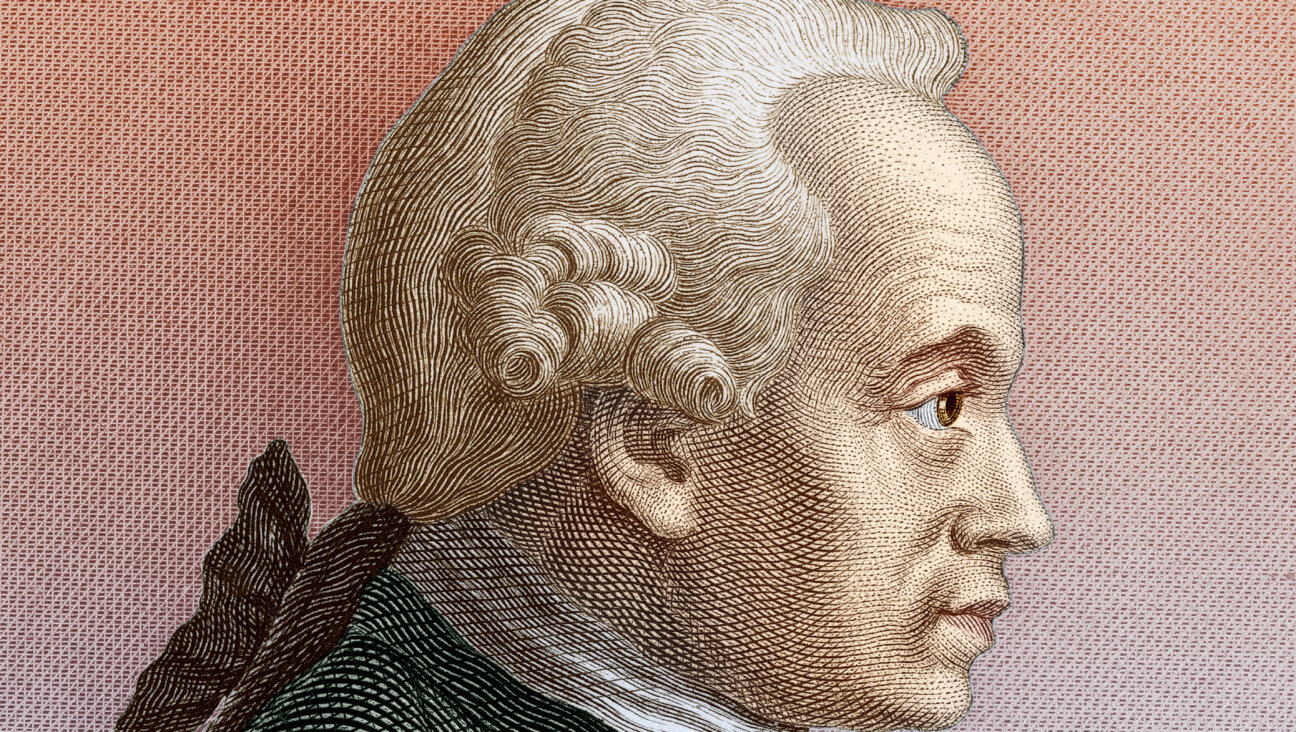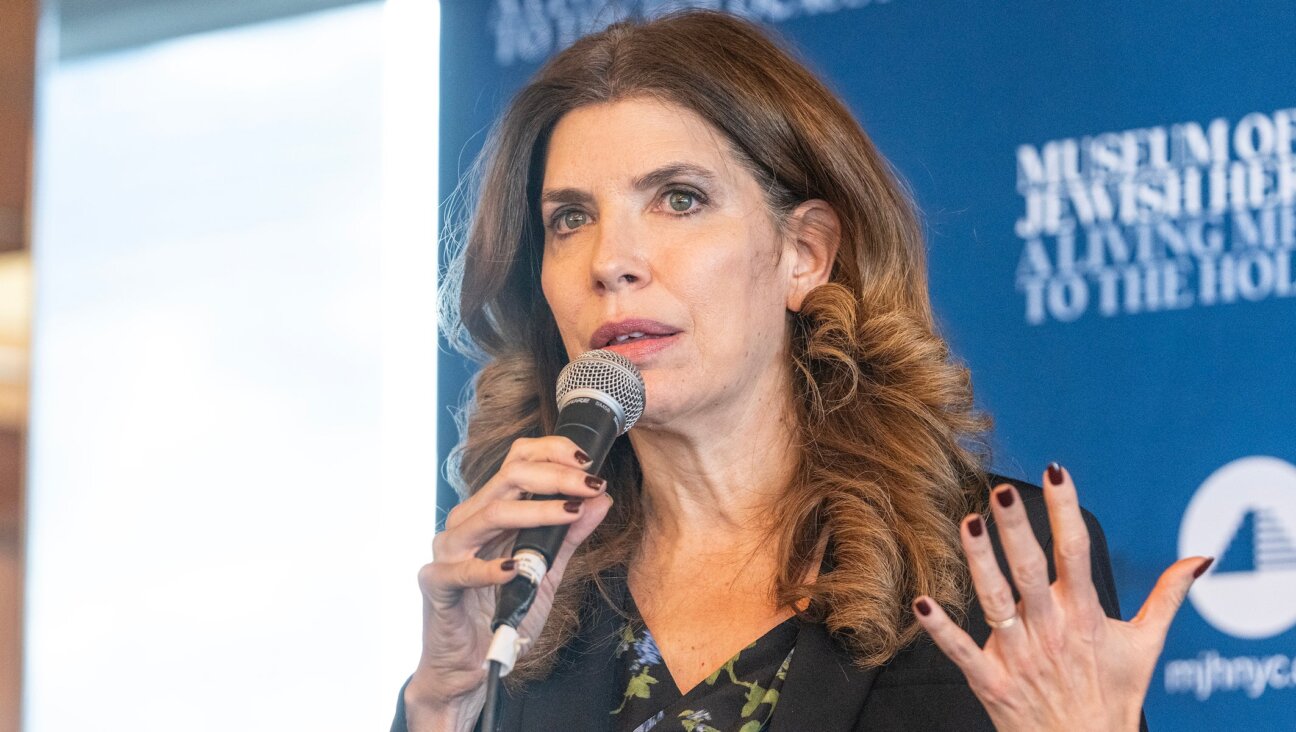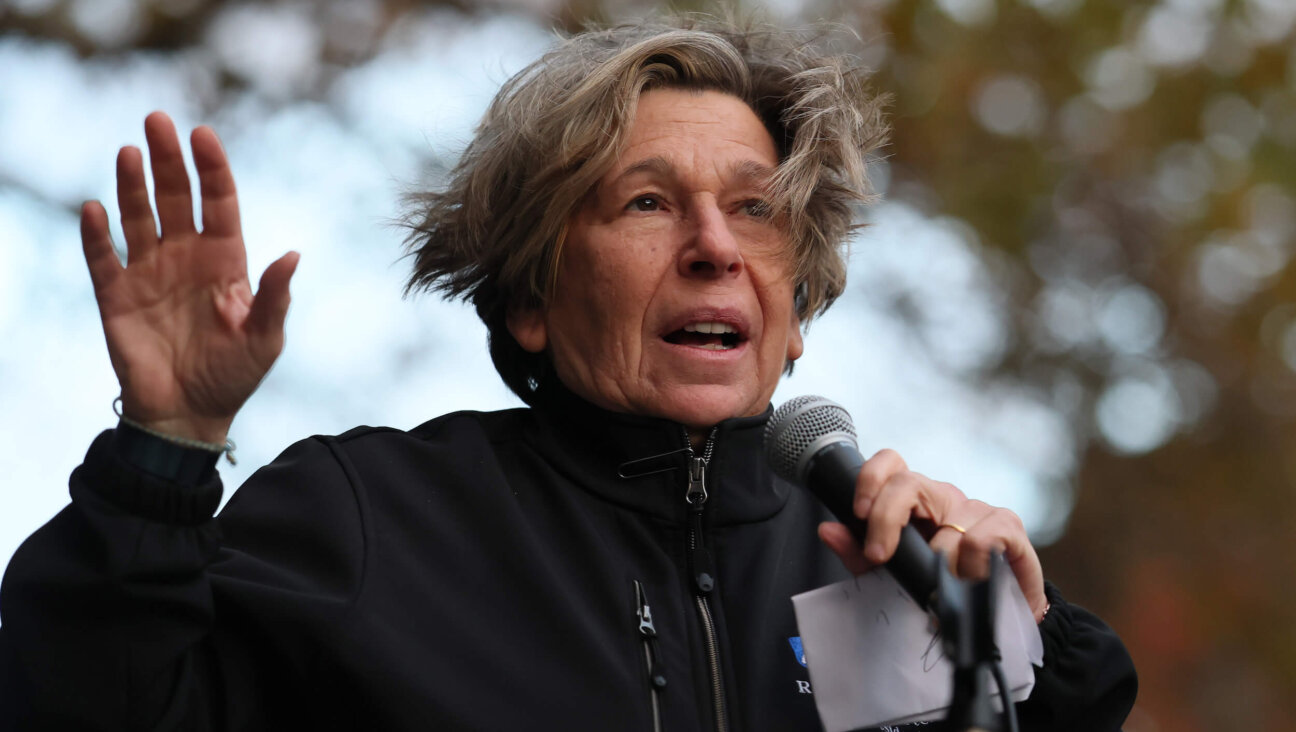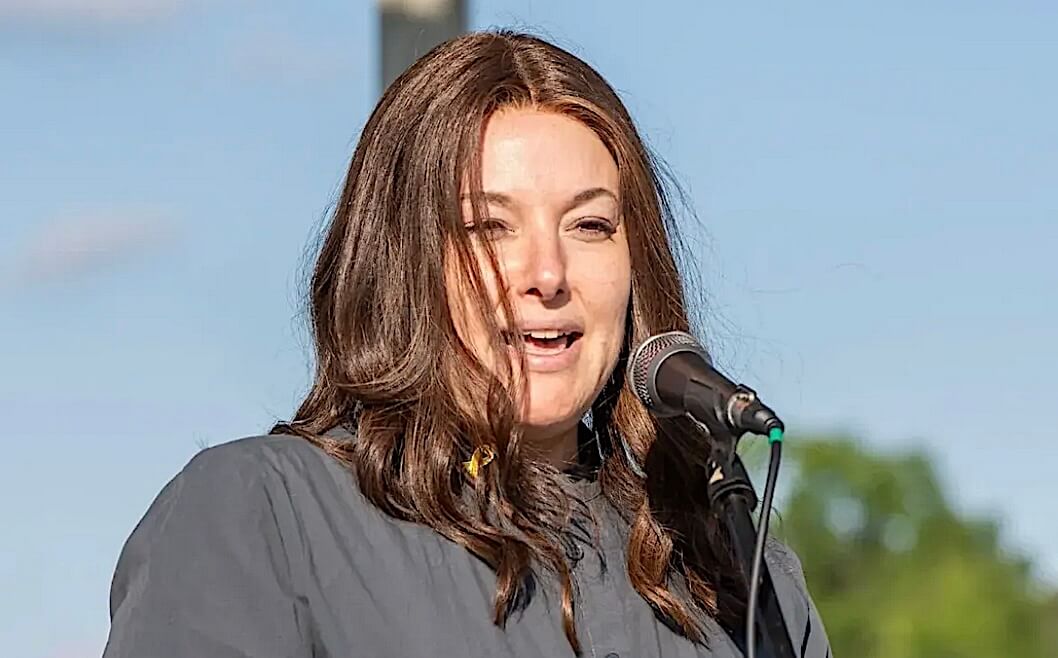Cultivate Communal Connection Beyond Organizational Affiliation
Everyone knows that there is a daunting number of Jewish organizations in America. A recent volume of the American Jewish Year Book lists more than 500 operating at the national level, not to speak of those operating locally. The veritable babble of acronyms underscores the community’s hyper-organized character: UJA, AJC, JDC, ADL, AIPAC, IPF, NIF, JCCA, RCA, RRA, USY, YU, HUC, JTS, NCJW, to name but a few.
To judge by attempts to streamline and rationalize the alphabet soup of the Jewish organizational world — such as the much-heralded merger in 1999 of United Jewish Appeal, United Israel Appeal and the Council of Jewish Federations, creating United Jewish Communities — American Jewish organizations may be moving toward a tighter focus, greater discipline and better efficiency. But in the process, they run the risk of becoming little more than a bunch of organizations, in contrast to the entities that somehow tried in the past to serve as organs of a larger body, the community.
These days, organizational leaders are focusing their efforts on tightening up their operations so that they can manage their organizations more efficiently, as well they should. In February the chief executive of United Jewish Commmunities, Howard Rieger, said that a main purpose of creating the single UJC out of three national bodies serving the federated Jewish philanthropic world was to “align national and local, and domestic and overseas needs.”
“We never meant,” he said, “to create a representative assembly for American Jewry.”
Rieger’s statement cuts to the heart of the distinction that in many ways guides Jewish life in America today: the overlapping but distinct notions of a “Jewish organizational world” and a “Jewish communal world.”
The idea of a Jewish communal world evokes a notion, now fading, of a kind of voluntary Jewish self-government — one that represents, serves, educates, cares for and acts in the name of individual Jews and the larger Jewish people. That’s how many American Jews have experienced it: People I interviewed in 1982 about their philanthropic giving typically described their donations to the UJA as a form of “paying taxes.”
An old joke preserves a more mordant sense of the UJA’s communal reach: Two Jews are shipwrecked on a desert island in the middle of nowhere. One is frantic, but the other reassures him: “There’s nothing to worry about. The UJA can find us anywhere!”
The message to Jews was that, like it or not, you were part of something larger than yourself. That sense of connection is no longer inevitable. As the American Jewish organizational world evolves and changes, the task of cultivating a sense of Jewish citizenship for the future remains to be crafted.
The Jewish communal enterprise rests on the individual’s basic sense of identity, loyalty and feeling part of the Jewish people. If nothing else, it requires being in an orbit of friends and colleagues who feel that way. And this must be cultivated and nurtured.
Years ago, when I first moved to New York as a young adult, I was dumbstruck to receive a bill from UJA, a piece of paper that looked as official and as intimidating to me as my first summons to jury duty from the Supreme Court of the State of New York.
But I was also annoyed that the communication came in the form of a bill, when it was, in fact, a solicitation. On making that first donation on my own, I do not recall the same civic pride that I experienced the first time I was able to vote in an election or actually serve on a jury. In contrast, I did feel that sense of pride and accomplishment and of coming of age when I was first called to the Torah, and when I set foot in Israel for the first time.
So, what’s the best way to cultivate a sense of communal belonging, commitment and involvement? It requires an upbringing that creates a sense that these actions and experiences are part of how we live our lives, that they are things that all people are expected to accomplish. I was raised to view these actions — reading Torah, speaking Hebrew, spending time in Israel — as important accomplishments in my life that tied me to a whole world of Jews and Judaism over time and space. By the same token, my immigrant father and the local public schools instilled in me a comparable appreciation of my civic duties.
I am certain that many organizations have addressed the question of how to reach potential donors more effectively. Their efforts have no doubt resulted in numerous surveys and focus groups and the overall re-branding of a host of Jewish communal organizations. But the more profound task of raising the next generation with a sense of communal obligation and shared purpose remains, as near as can be seen, woefully under-addressed.
I experienced more than 20 years ago a very evocative example of what could be done. I was a Passover guest of a large extended family that was very prominent in the local Jewish community. The most fascinating thing was this family’s own tradition, which had evolved over several generations, regarding the afikomen. Until I commented upon it later, the tradition had not warranted any particular consideration; it was simply part of the family’s holiday antics.
The adult men hid the tiniest pieces of matzo somewhere on their bodies, and all children from toddlers to teenagers searched their fathers, uncles and older brothers raucously until they succeeded in finding the afikomen. They then actually redeemed those prizes for substantial amounts of real cash, bargaining with the adults until they succeeded in extracting as much cash as possible. At this point all of the younger generation from high school age on down retreated to a separate room for a closed-door deliberation of their own.
Each child could keep a nominal amount of money, but the bulk of it they pooled into a joint “fund.” They then deliberated about how to disburse it.
The high point of the Seder was when the children rejoined the adults and announced their distributions. They reported on the total amount of money they had raised and how and why they had decided to divide the money among various charities. For instance, “We’re giving a 10% to the American Cancer Society because Aunt Fanny has been so sick” or “20% will go to Save the Trees” because the family company, originally a lumber business, had incurred an environmental debt that the children felt should be repaid. And so on. The rest of the family sat in rapt attention and gave them a tremendous round of applause at the end. And then the praying and singing began.
By then it had dawned on me that this family had developed a really powerful way to teach even the youngest kids about one of their family’s key values as Jews: giving to charity, American-style. This well-to-do prominent family had always been a premier philanthropic force, and they ran their Seder like a meeting of a Jewish federation. Moreover, they had devised a means of educating their children into a philanthropic tradition. From what I could tell, a subsequent generation of this family has imbibed the lesson very deeply.
The worries about American Jewish continuity often evoke concerns about the birthrates and fertility. But assuring a vibrant Jewish communal enterprise depends on a different kind of fruitfulness — cultivating a meaningful relationship between individuals and the organizations that would claim their loyalty.
Bethamie Horowitz, a social psychologist, is research director for the Mandel Foundation.















